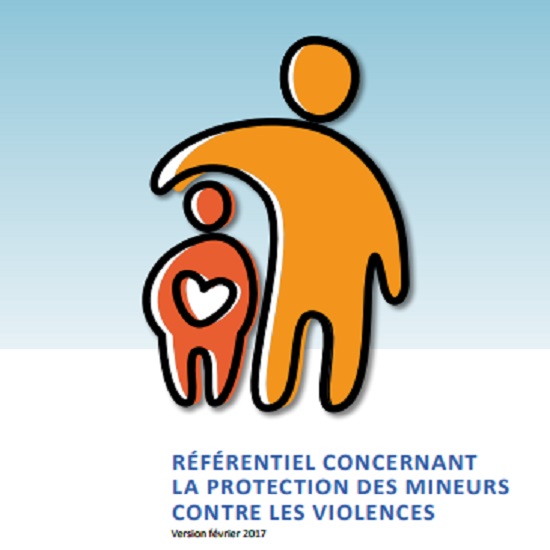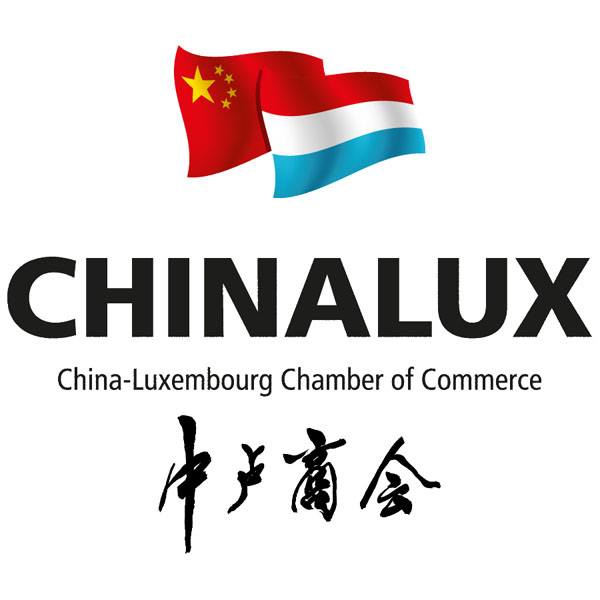
ECPAT Luxembourg has reflected on the uses of its platform against the sexual abuse and exploitation of children to spread awareness of the situation in the duchy.
Launched in 2011 by ECPAT Luxembourg, with the support of the Ombuds Committee for the Rights of the Child and UNICEF, the platform has brought together some 20 organizations and individuals with the aim of developing joint activities on the protection of children against sexual abuse and exploitation.
This platform has drawn attention to various findings previously pointed out by the sector, namely a lack of resources but also a lack of recognition of the problem of sexual violence against children in Luxembourg. Although reliable overall figures are few, some do exist for groups other than children, for instance 20 cases of paedophilia were condemned in 2016 according to government figures. Similarly, the percentage of women between the ages of 18 and 29 who reported having been sexually assaulted before the age of 15 per cent was found to be 13%, or one in eight according to UNICEF figures.
Sexual violence against children, however, has also been detected in the Grand Duchy and it was the aim of the platform to convey this reality. In its work, the platform first identified the need for a tool that would support organizations and institutions working with children in the development of measures to strengthen the protection of minors against violence. Indeed, an organization that is faced with a serious case of violence against a child that it welcomes or with whom it works, will react in an emergency if it does not have the procedures in place to deal with it.
This framework is thus the result of a long-term effort to take the advice and recommendations of the whole child protection sector, including the ministries concerned by the theme.
This toolkit is intended to help any organization that has contact with minors to assess their level of awareness and to protect minors against all forms of violence, as well as implementing prevention strategies. The framework also aims to help these organizations to meet the legal and ethical obligations as well as to ensure that the minors entrusted to them can develop peacefully and in a safe environment.
Concretely, it provides definitions of the different types of violence and any concept related to this issue, followed by a questionnaire to be completed by the organization to begin a reflection and implementation of child protection procedures. This self-assessment is the basis for exchange and networking between and within organizations to increase professional knowledge on this issue.
Indeed, this tool is intended for the following organizations: schools (from early school to high school); hospitals, medical, paramedical and socio-family services; establishments housing minors (crèches, day homes, youth houses); foster and placement services; sports, music and scout clubs; and any structure that wishes to strengthen its working principles in the sense of this self-assessment.
The tool is intended as a reflection tool for the organization that wants to improve. It is not a definitive tool and the organization has to appropriate it and can transform it to its use.








